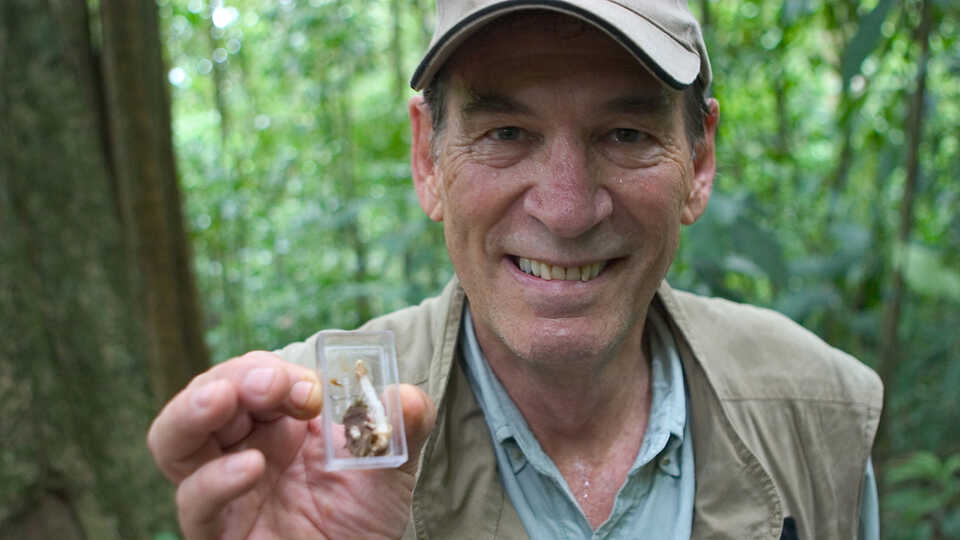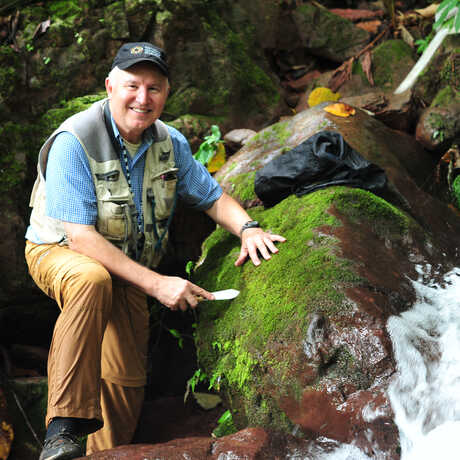
Surprisingly, São Tome and Príncipe have remained largely unstudied since the early 19th Century work of Portuguese biologists Fea, Greef and Newton. In spite of the wonderful but preliminary stuff discovered by these early biologists, São Tome and Príncipe have remained "off the scientific beaten path". Historically, the islands were used as major slave entrepots by the Portuguese and were of world importance in the production of sugar, coffee and then cacao. Lying 200 to 250 km off the coast of West African coast, the islands have always been rather remote, and even to this day, there is but one flight per week from Europe to São Tome (via Lisbon) and only a couple from Libreville, Gabon. In spite of several hundred years of agricultural efforts, fairly large amounts of original forest remain in higher elevations that were simply too steep to be cultivated by the colonials. While the birds have been studied and a preliminary flora has been published, huge portions of the biodiversity of these unique islands remain completely unknown.
So what we are doing is the most basic work in science; we are hiking into these remaining natural areas and surveying them to find out what species live there, what their evolutionary relationships are and where they came from. Depending upon our different specialties, we work both by day and by night, collecting, sampling, photographing, recording, etc. Most of our material is brought back to the California Academy of Sciences for study, but much also goes out to specialists around the world. As systematists, our job is to explore and sample all of the elements of the fauna and flora. When new species are discovered, we must analyze and describe them. Systematics is the fundamental discipline upon which all other biological work depends, especially including conservation efforts. You cannot save what you do not know.
Learn more about the Gulf of Guinea project through Dr. Drewes' blog: Island Biodiversity Race
